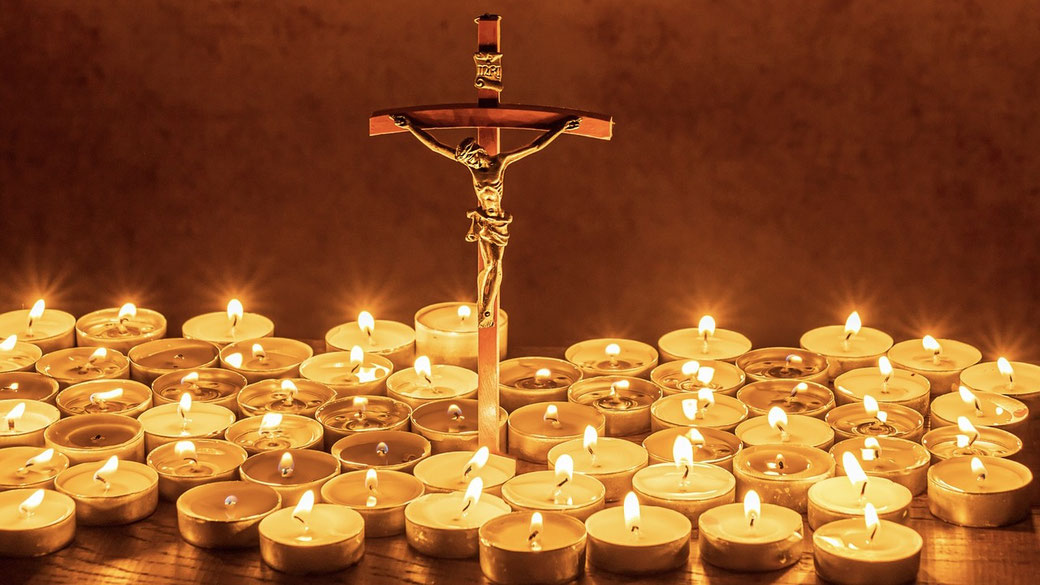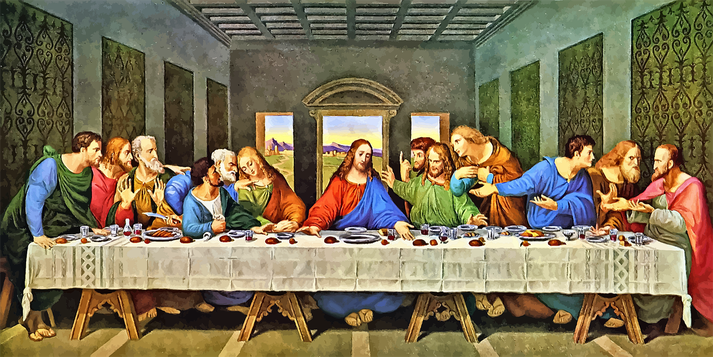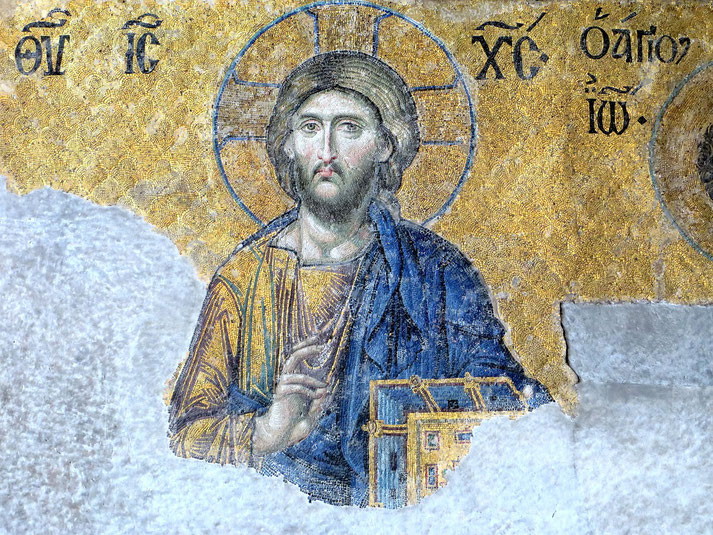How the celebration of Easter caused dramatic conflicts within the early church

Easter grew into one of the most important festivals of Christianity because it remembered the resurrection of Jesus Christ and arguments over its correct date became a surprising source of deep division in the early church.
Arguments about its timing involved bishops, councils, and emperors, and they showed how different traditions competed to set a single Christian practice.
The debate about Easter linked questions of religious practice to issues of power and belief, which made it a much bigger issues than an argument about calendars.
The historical origins of Easter
Early Christians linked Easter to the Jewish festival of Passover, as the Gospels said that Jesus was crucified at the time of Passover and rose from the dead three days later.
Many of the earliest believers came from Jewish backgrounds, and they kept a close link to Jewish customs.
Passover took place on the 14th day of the month of Nisan according to the Jewish lunar calendar, and some early Christian communities observed Easter on that same date, while other groups already observed the festival on Sunday to remember the resurrection.
In particular, the churches in Asia Minor kept the tradition of observing Easter on 14 Nisan no matter which day of the week it fell on, whereas churches in Rome and other western regions celebrated the festival on the following Sunday because Sunday worship had become central as the day of Christ’s resurrection.
Disagreement about the date grew as Christianity spread through Gentile communities that did not follow the Jewish calendar.
As a result, the use of different methods of calculating months meant that the festival often happened on different days in different regions, which made a common celebration hard to achieve.
What was the Quartodeciman Controversy?
The dispute became known as the Quartodeciman Controversy, since those who celebrated Easter on 14 Nisan were called Quartodecimans, meaning “fourteeners” in Latin.
Polycarp, the bishop of Smyrna, visited Rome around 155 and met Anicetus, the bishop of Rome, and he insisted that his tradition came from the apostle John.
In contrast, Anicetus followed the Roman custom of marking Easter on Sunday. Unfortunately, they could not agree on a common date, yet they avoided cutting off fellowship and kept their relationship.
The quarrel became stronger in the late second century after Victor I became bishop of Rome and tried to enforce agreement by threatening to cut off the Quartodeciman churches in Asia Minor.
Irenaeus of Lyons wrote to Victor to ask him to allow different practices, and he reminded him that earlier bishops had accepted such differences without breaking fellowship.
Victor’s attempt to use Roman authority over distant churches signalled one of the earliest efforts by a bishop of Rome to enforce agreement on belief, yet his actions failed to resolve the dispute and left the church divided.

Attempts at concensus
Efforts to reach agreement continued for more than a century, as local councils debated the date of Easter and issued decisions that had limited effect.
When Emperor Constantine began to support Christianity and wanted agreement in both religion and politics, he saw a common date for Easter as a key part of that agreement.
As such, he used his power to press for a solution.
The First Council of Nicaea in 325 made a decision by agreeing that Easter should fall on a Sunday and should not be calculated according to the Jewish calendar.
They meant the festival to occur after the spring equinox and following the full moon yet left no written formula for calculation.
Later traditions built the computus system on these principles, but different methods of calculation continued to cause disagreement for centuries and eastern churches, which still produced different dates from those used in Rome.
So, the agreement planned at Nicaea remained incomplete.

Why it mattered
The dispute about Easter raised questions about authority in the early church as bishops of Rome tried to use the controversy to strengthen their role as leaders of the Christian world, while churches in Asia Minor resisted and they pointed to traditions that they believed came from the apostles.
The controversy also affected the relationship between the church and imperial power, as Constantine’s involvement set a pattern for emperors who stepped in to handle religious disputes for political stability.
The Council of Nicaea became the model for later church councils that dealt with matters of belief and practice.
As a result, arguments about the timing of Easter showed that even matters of ritual could shape the future structure and authority of Christianity.
What do you need help with?
Download ready-to-use digital learning resources
Copyright © History Skills 2014-2025.
Contact via email
With the exception of links to external sites, some historical sources and extracts from specific publications, all content on this website is copyrighted by History Skills. This content may not be copied, republished or redistributed without written permission from the website creator. Please use the Contact page to obtain relevant permission.





